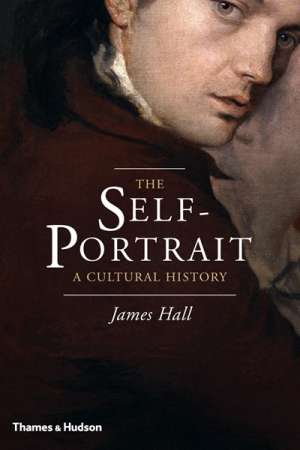Arts
Patrick McCaughey reviews 'Rendez-vous with Art' by Philippe de Montebello and Martin Gayford
Philippe de Montebello was Director of the Metropolitan Museum of Art for thirty-one years. The astonishing length of his tenure is matched by the brilliance of his reign. Every part of the museum's forty-plus acres of exhibition space was renewed or transformed during those years, from classical antiquity to twentieth- and twenty-first-century art. Not a tatty corn ...
Masterpieces from the Hermitage: the Legacy of Catherine the Great (NGV International)
Eight galleries of NGV International have been radically reshaped to host Masterpieces from the Hermitage, invoking the world of unbounded opulence of Russia’s Catherine the Great (1729–96). The installation, designed by the NGV’s Ingrid Ruhle, is dazzling, mimicking as it does the grand style of the State Hermitage Museum and incorporating some ...
Peter Hill reviews 'Australian Artists in the Contemporary Museum' by Jennifer Barrett and Jacqueline Millner
I like a book jacket that tells you clearly, in words and images, what it is about. Australian Artists in the Contemporary Museum does just that: ‘The authors’ central argument is that artists’ engagement with the museum has shifted from politically motivated critique taking place in museums of fine art, towards interventions taking place in non-art mus ...
Ann-Marie Priest reviews 'Awakening' by Eileen Chanin and Steven Miller
One of the few Australian-born female sculptors of the early twentieth century was a Ballarat girl, Dora Ohlfsen, who went to Berlin in 1892, at the age of twenty-three, to study music and found herself three years later in St Petersburg studying the art of the medallion. She was in Russia because she had fallen in love with the Russian-born, German-speaking Elena v ...
Piero di Cosimo: The Poetry of Painting in Renaissance Florence
Every student of Australian art knows that when Arthur Boyd went to London in 1959 and paid his first visit to the National Gallery, two paintings laid siege to his imagination. Titian’s The Death of Actaeon was one from which came Boyd’s tormented
... (read more)Christopher Menz reviews 'Mid-Century Modern Complete' by Dominic Bradbury
The reconstruction of the built environment that followed World War II was central to the development of international design in the third quarter of the twentieth century. This is the background and context for Mid-Century Modern Complete, a large volume which covers design and architecture (mostly European and North American) from the 1940s to the early 197 ...
We live in a world obsessed with self-images. Thanks to digital photography and the Internet, we can all star in and manipulate the drama of our lives. But, as James Hall reminds us, artists have been experimenting with self-representation for centuries. From a quartzite stela of Pharaoh Akhenaten’s court sculptor Bak standing with his wife Taheri (c.1350 < ...
Tim Bonyhady and Melinda Hinkson review 'Aboriginal Artists of the Nineteenth Century' by Andrew Sayers
Many good books are published about Australian art, but few change the way we see and understand it. When Andrew Sayers’ Aboriginal Artists of the Nineteenth Century appeared in August 1994, it immediately did that, as the critic Bruce James was quick to recognise
It was the great American Conceptual artist Sol LeWitt who organised Melbourne artist Robert Jacks’s first show in Manhattan. This was held at the New York Cultural Centre in 1971, part of a program where each exhibited artist nominated his successor. Jacks had been enjoying a stellar rise since his début solo exhibition at Gallery A in Melbourne in 1966, when he was twenty-three years old. All twenty-five abstract paintings in that show sold. Each one had a title referencing James Joyce’s Ulysses, such as Mr Bloom with his stick gently vexed (1965). The largest, Timbrel and harp soothe (1965), was bought by the National Gallery of Victoria even before the show opened.
... (read more)‘He was a great bloke, a gentleman and a scholar,’ one of Scott Bevan’s interviewees says of his subject, the fêted and (at one stage) ill-fated painter, William Dobell. Like many others in the book, this interviewee got to know Dobell at Wangi Wangi, the little coastal township just south of Newcastle in New South Wales where the painter retreated for the last third of his life, following the unsuccessful but nonetheless wearing legal case mounted against him when he was awarded the Archibald Prize for portraiture in 1943. (The plaintiffs had sought to claim that the prize-winning work was a caricature.)
... (read more)






